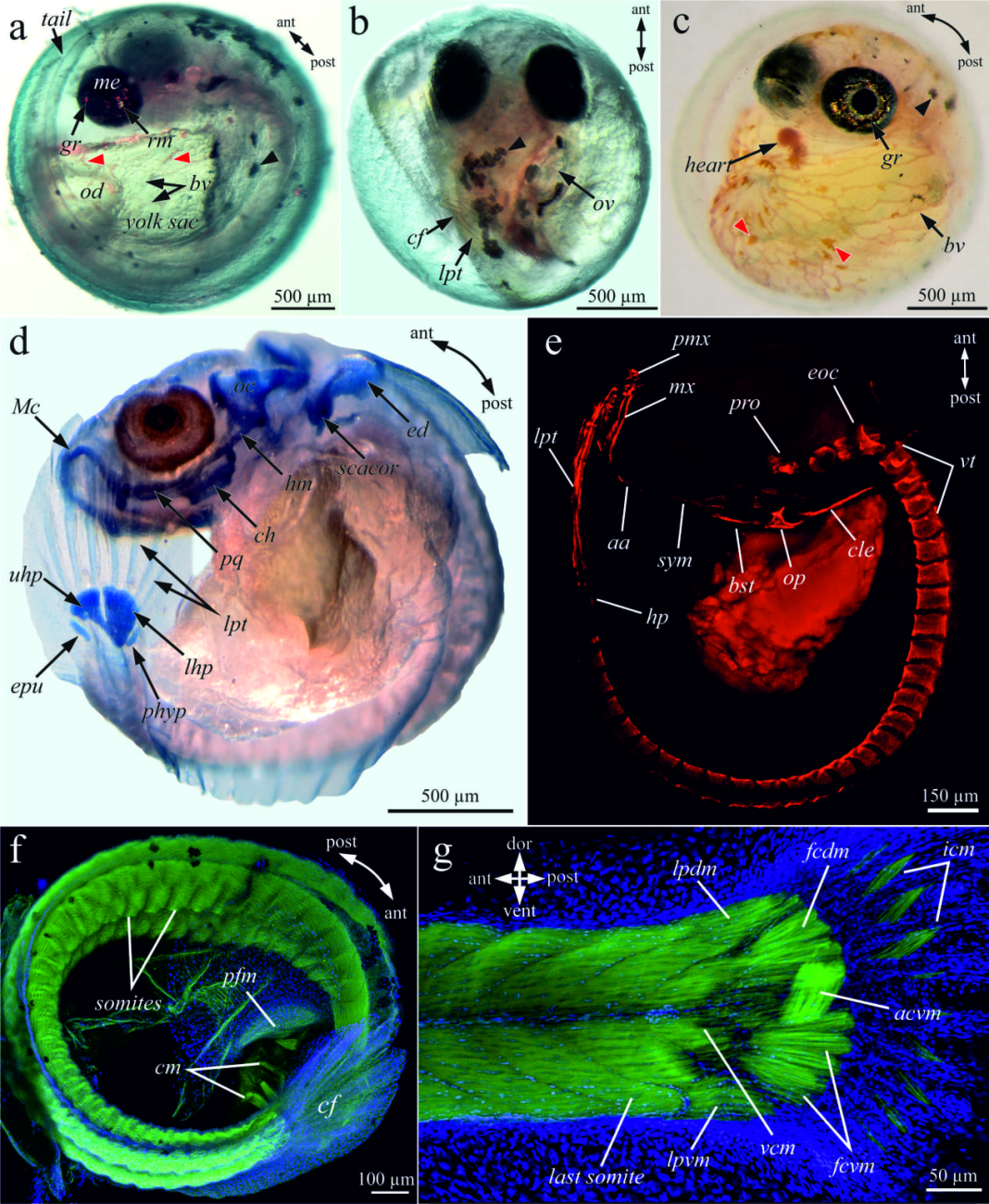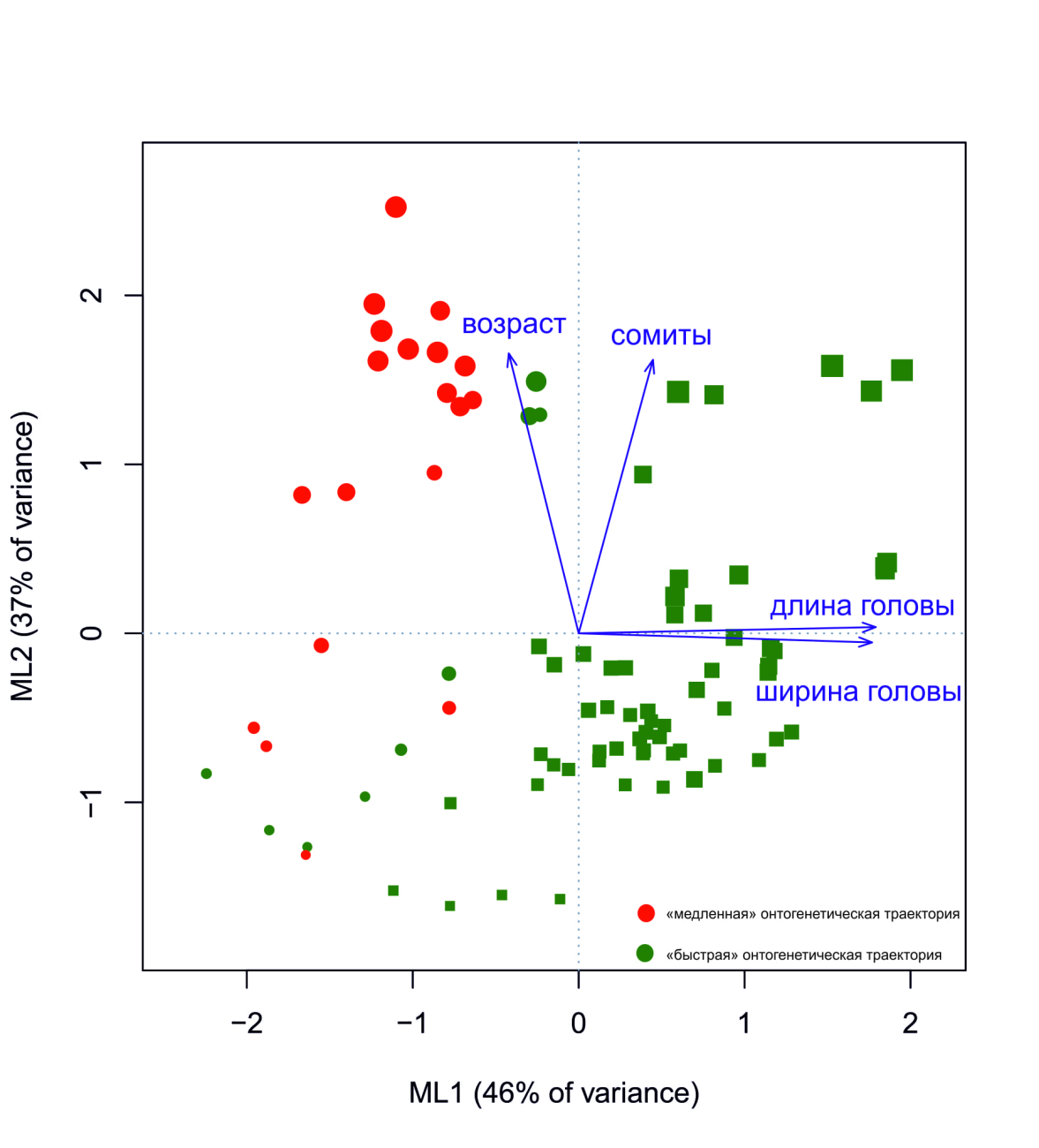
Annular (annual or seasonal) fish of the killifish group from the order Cyprinodontiformes are widespread in the tropics, where they often inhabit small drying up reservoirs. These fish stand out among all vertebrates for their unique ability to fall into states of embryonic diapause - a temporary phenomenon of complete or partial stoppage of development and metabolism of the embryo. Killifish are characterized by a short (usually less than a year) life cycle, and their embryos are exceptionally resistant to negative environmental factors. During periods of drought, killifish eggs remain viable for several months or even years in the ground. These features make killifish popular model objects for studying vertebrate diapause, the biology of aging, stress tolerance, and life history evolution. Many comparative studies often use a popular aquarium species, the West African steelhead Fundulopanchax gardneri, as a popular model for “out-of-season” killifish. However, its development has been largely unstudied, and it remains unclear whether it involves diapauses.

For the first time, we studied in detail the embryonic development of the steel-blue aphyosemion, focusing on the formation of somites, sensory organs, skeleton, color pigments, muscles and the circulatory system (Fig. 1). It was found that in the early ontogeny of F. gardneri, there are one or two facultative arrests of developmental processes, similar to those for the unconditionally annual killifish species Austrofundulus limnaeus. Embryos of the same age and from the same clutch of eggs can differ significantly in body size and appearance, demonstrating “fast” (with direct development) and “slow” (with diapauses) ontogenetic trajectories (Fig. 2). Such a difference is of great biological importance for survival: hatching from eggs occurs at different times, which increases the chance that at least some of the fry will find themselves in environmental conditions favorable for survival. However, compared to A. limnaeus, these stops appear more like “less pronounced” versions of diapause and completely disappear with increasing water temperature.
Thus, steel-blue aphyosemion appears to be more of an “intermediate link” between seasonal and non-seasonal killifish species. This finding supports the old hypothesis that F. gardneri is close to the ancestor of modern annual species. At the same time, recognition of F. gardneri as a representative annual/nonannual model seems premature.
The work was published in the authoritative scientific journal “Developmental Dynamics”. V. Borisov, F. Shkil, D. Seleznev, S. Smirnov. (2023). Is African non-annual killifish Fundulopanchax gardneri (Teleostei; Cyprinodontiformes; Nothobranchiidae) true non-annual? DOI: 10.1002/dvdy.668
